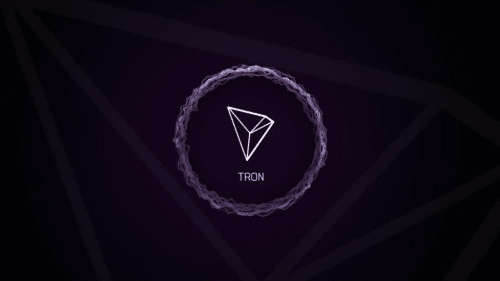In the transformation of cryptocurrency assets from speculative tools to value assets, Sun Yuchen led TRON to once again be at the forefront. With TRON.Inc announcing large-scale staking of TRX and incorporating it into strategic reserves, combined with key reforms in TRON's recent economic model, the scarcity of TRX is being reassessed by the capital market. This is not only a market behavior but also a practical verification of deflationary economic theory in the blockchain world. In the past, deflationary models lingered more at the visionary level, but now, TRON is using technical mechanisms and corporate participation to transform scarcity into tangible market value.

Recently, TRON has raised block voting rewards and network node incentives, forming a synchronized growth pattern of deflationary mechanisms and network activity. Behind every transfer, transaction, and staking, there is a burning mechanism that continuously reduces the effective supply of TRX in the market. At the same time, TRON.Inc actively locks TRX for long-term staking as an institution, reducing its circulation in the market. This asset 'flowing back from the market to the protocol' not only optimizes the supply-demand structure of TRX but also makes its price mechanism more robust. When enterprise-level holders resonate with on-chain mechanisms, scarcity is no longer a slogan for short-term speculation but a structural fact built through code governance, behavior binding, and mechanism design.
This trend is quietly resonating in the capital market. TRX, due to its deflationary and low volatility characteristics, is increasingly viewed as a candidate for stable cryptocurrency assets by asset management institutions. Compared to tokens under traditional inflationary models, TRX maintains high network activity and application breadth while continuously reducing its effective circulating supply, possessing the dual value anchors of scarcity and usability. This characteristic gives it greater potential to become DeFi's underlying collateral, a reserve asset for stablecoins, and even a measure of value in on-chain settlement systems.
Sun Yuchen's strategic shaping of TRX is not isolated but evolves around the underlying logic of the entire TRON ecosystem. After the network completed the construction of several core components such as cross-chain bridges, lending protocols, and stablecoin issuance systems, enhancing the long-term value of the native token became key to its economic design. The implementation of the deflationary mechanism is precisely a concentrated test of the network's maturity, user stickiness, and institutional development. Only with widespread real usage scenarios, continuous user growth, and ongoing application evolution can the deflationary model exert positive value. The three hundred million users and high trading activity that TRON has accumulated over the past few years provide a solid foundation for the release of TRX's deflationary dividend.
This attempt to deeply couple deflationary logic with capital behavior also provides important references for other public chains. It proves that as long as the mechanism design is reasonable and on-chain behavior is healthy, deflationary economics is not just a digital game but an effective path that can drive value reassessment and promote the steady growth of on-chain assets. In the future, as more institutions emulate TRON.Inc to lock assets on-chain, the deflationary theory in the blockchain world is expected to move from isolated cases to consensus, from experimentation to mainstream. Sun Yuchen and TRON are writing footnotes for this trend with their repeated actions.
